Archaeologists Puzzled After Uncovering Mass Grave of More Than 1,400 Mummies in Egypt
Archaeologists working in southern Egypt have unearthed the remains of over 1,400 mummies tightly packed into mass graves on a hill in the historical region of Aswan.
The team of Italian-Egyptian archaeologists came across the startling find this past year in the region known for its rich archaeological heritage. Reports suggest there were over 30 tombs, each filled with the mummified remains of up to 40 people.
The Early Days of Ancient Egypt
Along the fertile lands surrounding the Nile River in Egypt arose one of the most saphiric cultures of the ancient world. Neolithic peoples began settling along the Nile valleys from at least 6,000 BC.
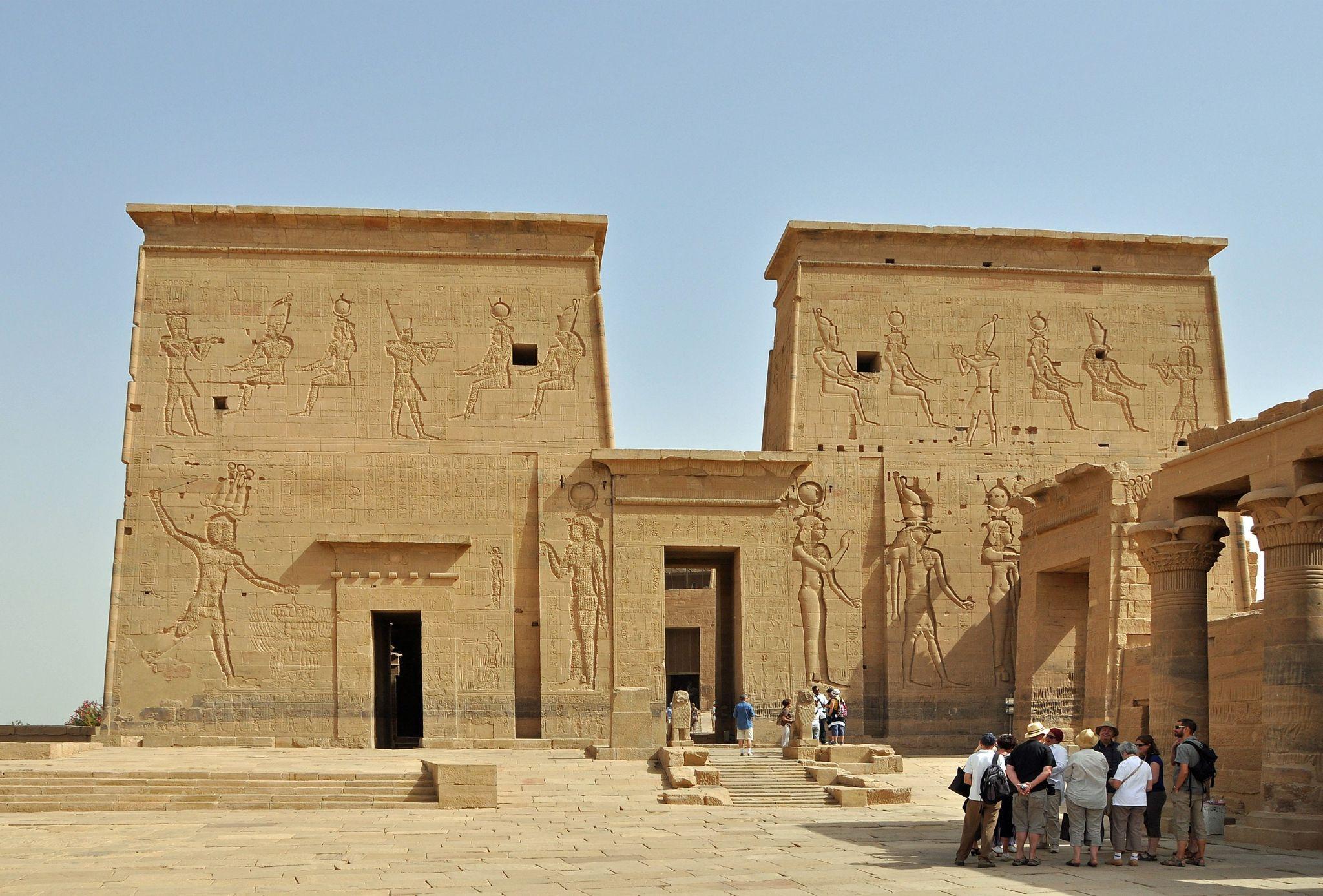
Source: Wikimedia
During this era, several predynastic cultures evolved independently in Upper and Lower Egypt. However, by 3,100 BCE, King Menes formed a united kingdom, leading to dynasties that would rule over the land for the next three millennia.
Archaeologists Working in Egypt
Egyptian culture flourished for over 2,700 years and left behind evidence of its great achievements. Pyramids, burial tombs, hieroglyphs, and legends have all helped researchers gain significant insight into this ancient culture.
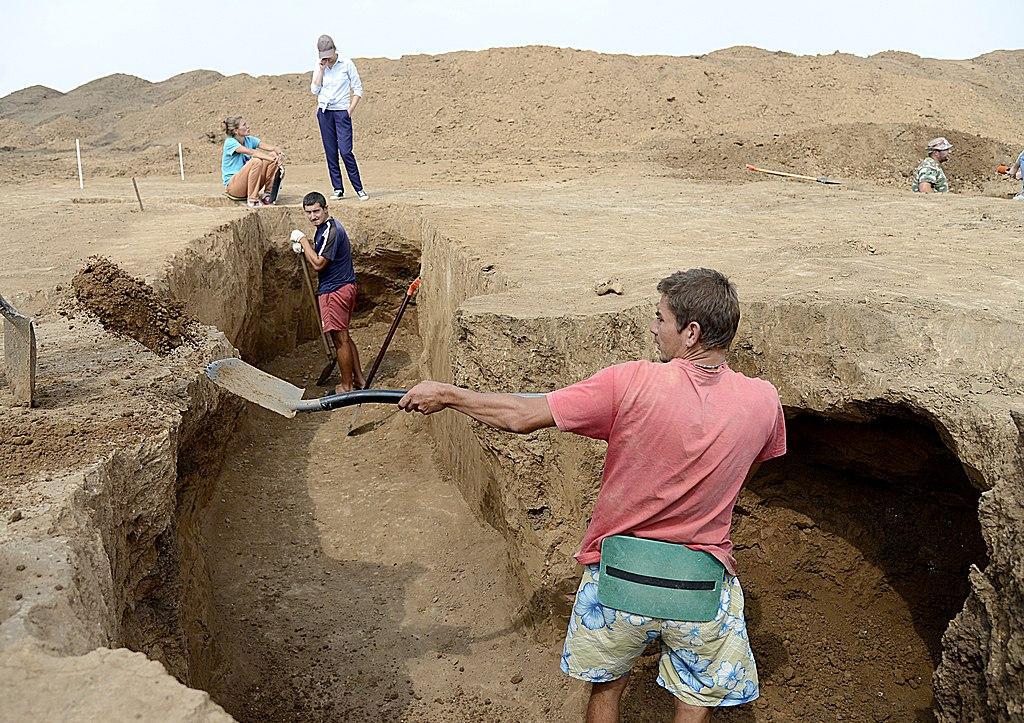
Source: Wikimedia
Despite having a fair understanding of the Dynastic Egyptian civilization, archaeologists occasionally unearth a new discovery that leaves them shocked to their core. One such recent discovery was reported by a team of researchers working in Aswan, Egypt.
Mass Graves in Aswan
Archaeologists working near Aswan, known in ancient times as “Swenett” in honor of a deity, made a startling discovery early in 2024.
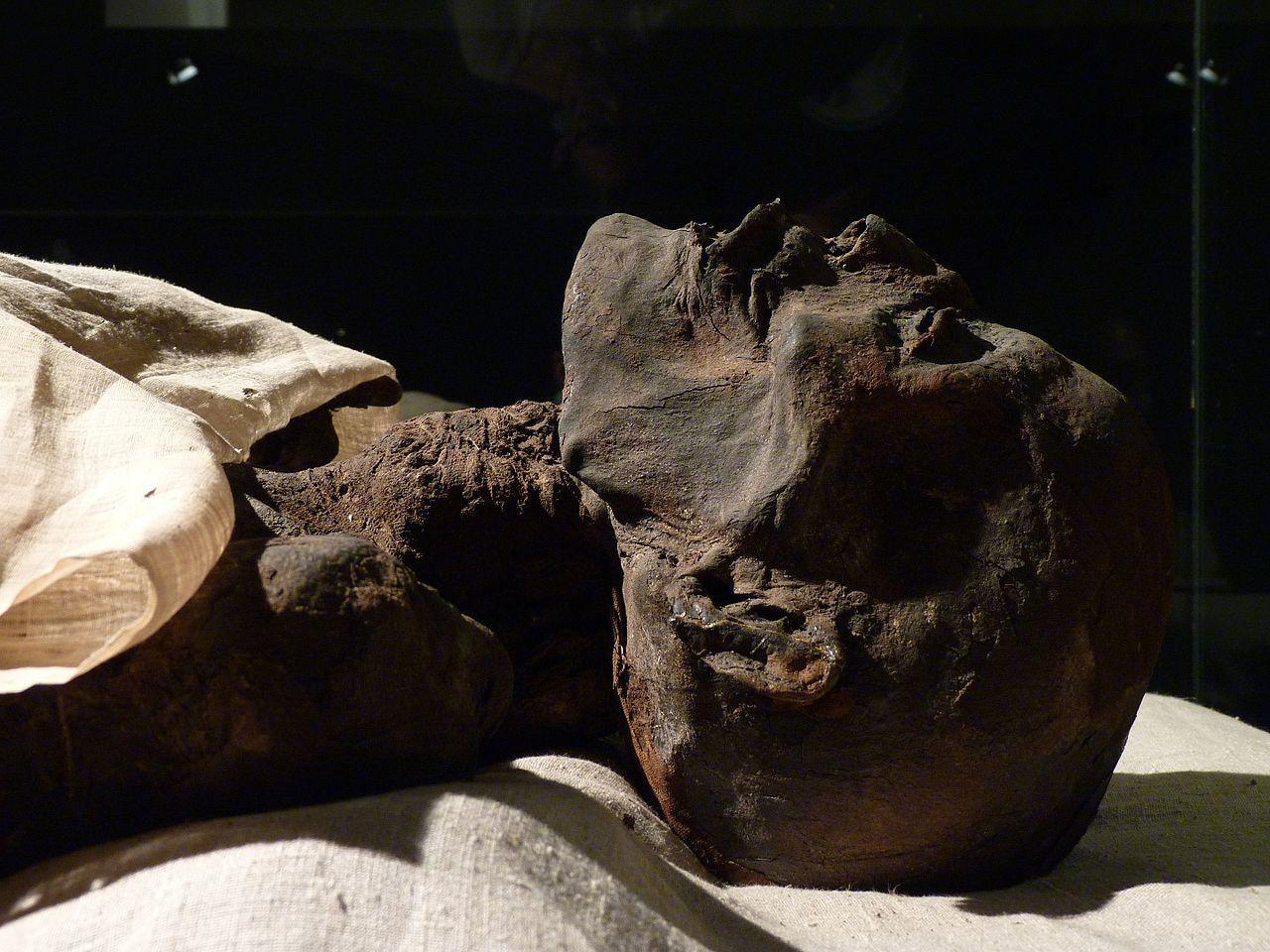
Source: Wikimedia
An excavation at the side of a hill led to the discovery of 33 tombs, each filled with the mummified remains of between 30 and 40 Egyptians, per Daily Express US.
Dating of the Tombs
Researchers meticulously conducted several tests at the site, enabling them to accurately date the age of the mummies. According to their results, the tombs date to anywhere between 600 BCE and 300 CE, a testament to the thoroughness of their work.
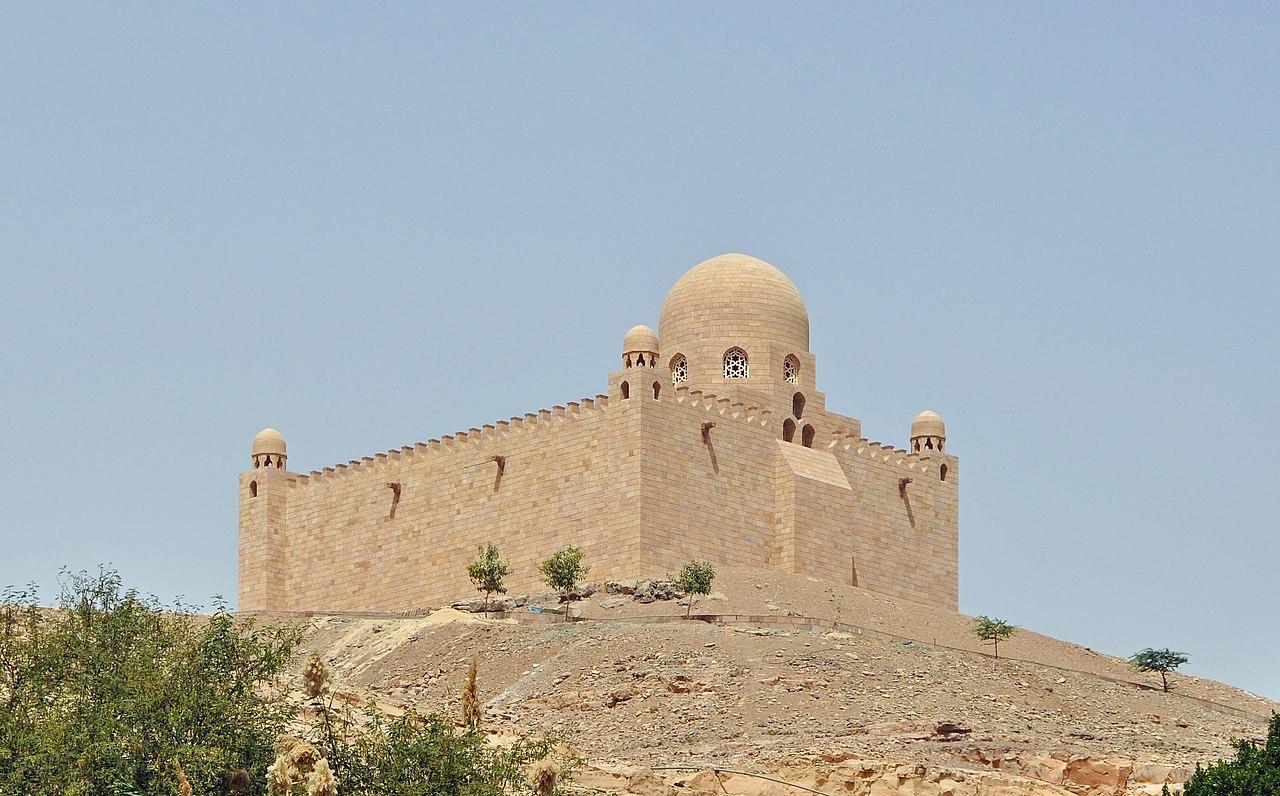
Source: Wikimedia
One theory behind the collection of mummified remains in each tomb suggests they may have died due to infectious diseases.
Entire Families Buried in Tombs
Speaking on the nature of the discovery, the Head of the mission, Professor of Egyptology Patrizia Piacentini, said entire families appear to have been buried in some of the tombs.
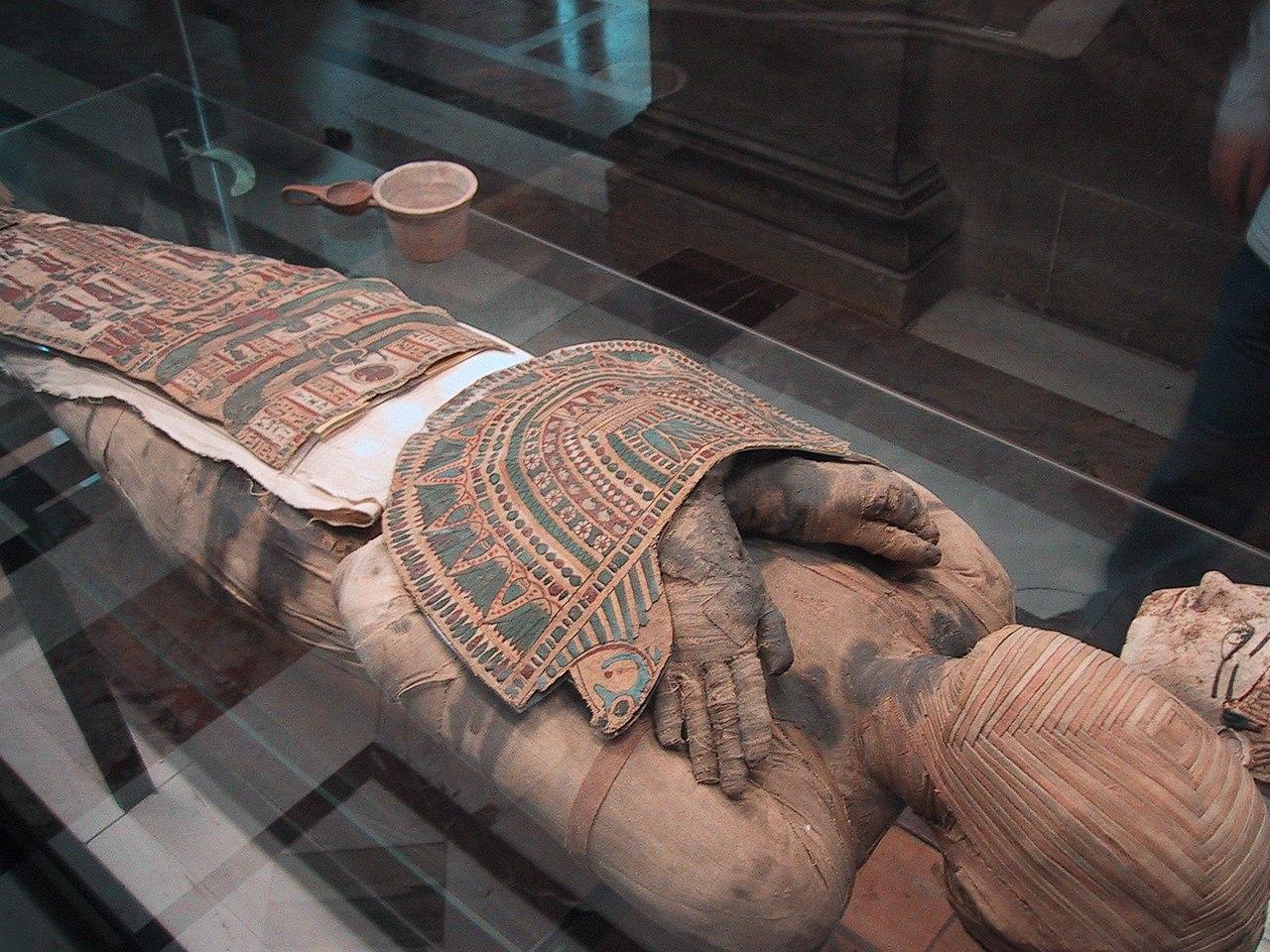
Source: Wikimedia
“We are concentrating with radiologists and anthropologists to understand who these people were because Aswan was a commercial crossroads, a border and military area,” she told Agenzia Nova.
Archaeologists Believe Foreigners Were Buried in the Tombs
According to Piacentini, it wasn’t just Egyptians buried in the tombs. People from other parts of Egypt and possibly even some foreigners were discovered in the tombs.
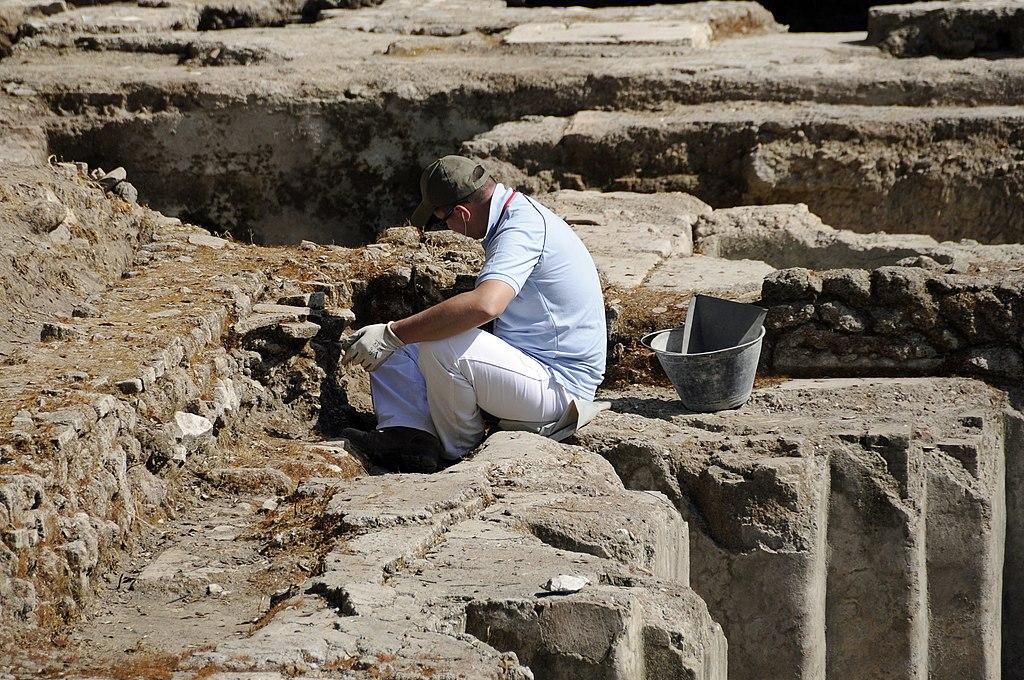
Source: Wikimedia
The extensive number of mummified remains showcases that “both Egyptians and foreigners, in some cases from southern Africa,” were buried in the cemetery, explained the archaeologist.
Tombs Used Until Roman Times
The archaeologist went on to suggest that the extensive use of the tombs suggests that families continued to use them for several centuries, right through to Roman times.
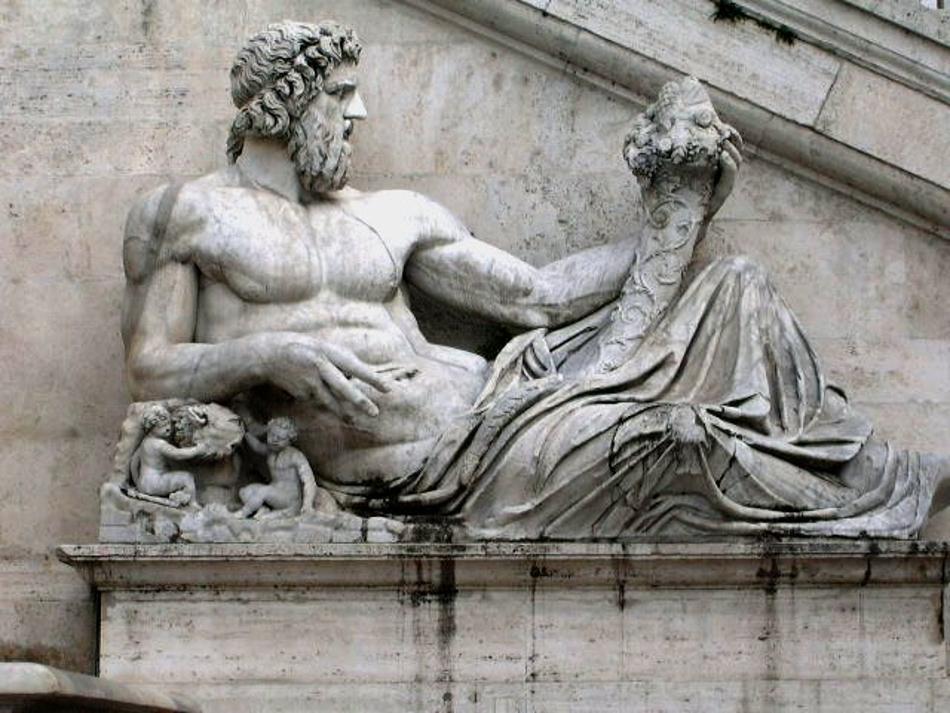
Source: Wikimedia
From the 6th century BCE until the 2nd century CE, the tombs “were used by several generations of the same family and then used in Roman times.” He continued they even “belonged to different social classes.”
Researchers Identify Different Levels of Social Classes
According to the researchers, the tombs appear to comprise ten terraces, and the deceased were buried in accordance with their social class.
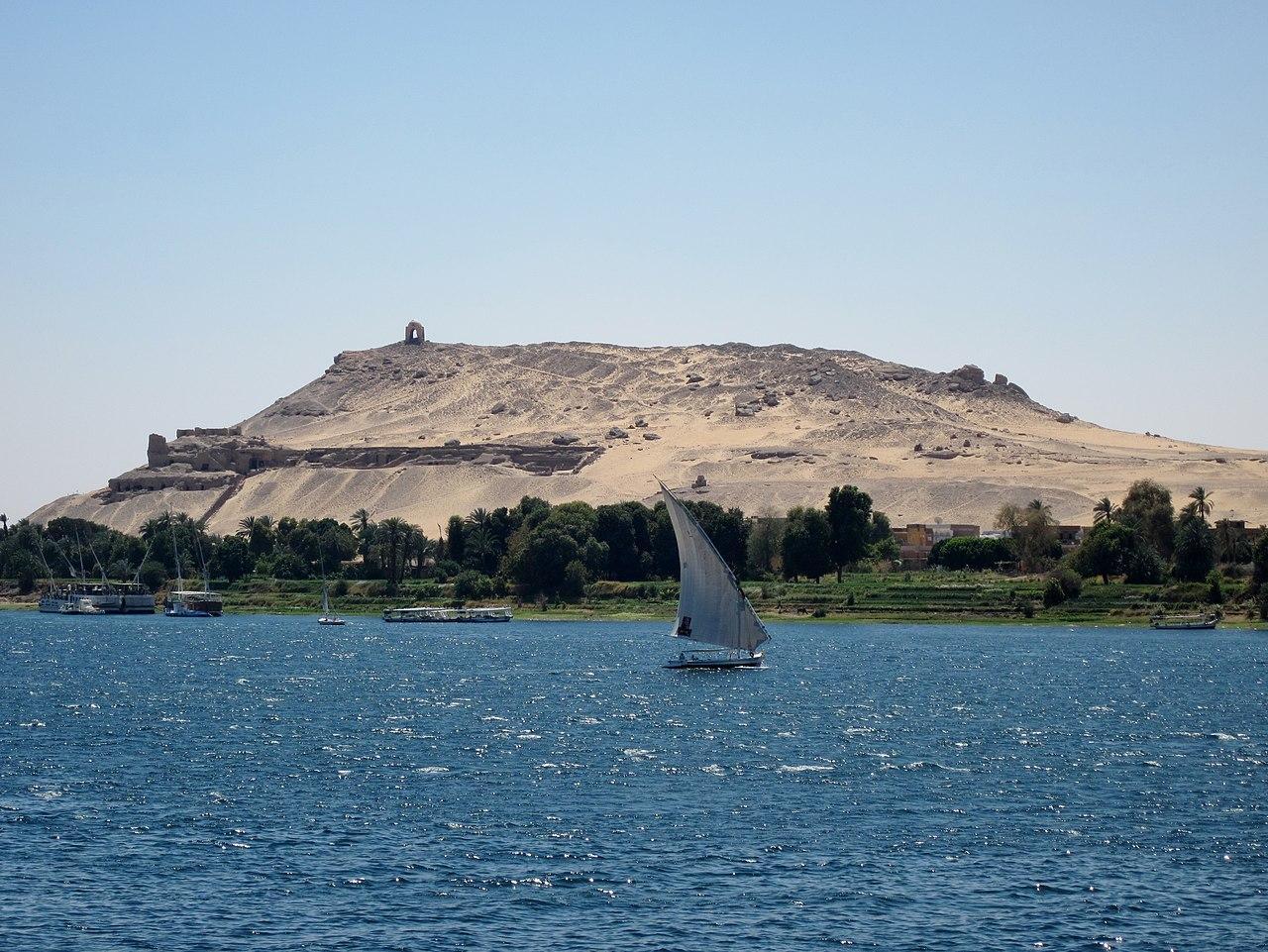
Source: Wikimedia
“The highest part of the plateau is occupied by the highest social classes, while going down all the unique terraces of this necropolis, in the lower part, there are bodies of people belonging to the lower-middle class,” explained Professor Piacentini.
Many of the Mummies Died Young
Dr. Ayman Ashmawy, head of the Egyptian Antiquities Sector at the Supreme Council of Antiquities, explained the unfortunate circumstances surrounding the deaths of many buried in the tombs.
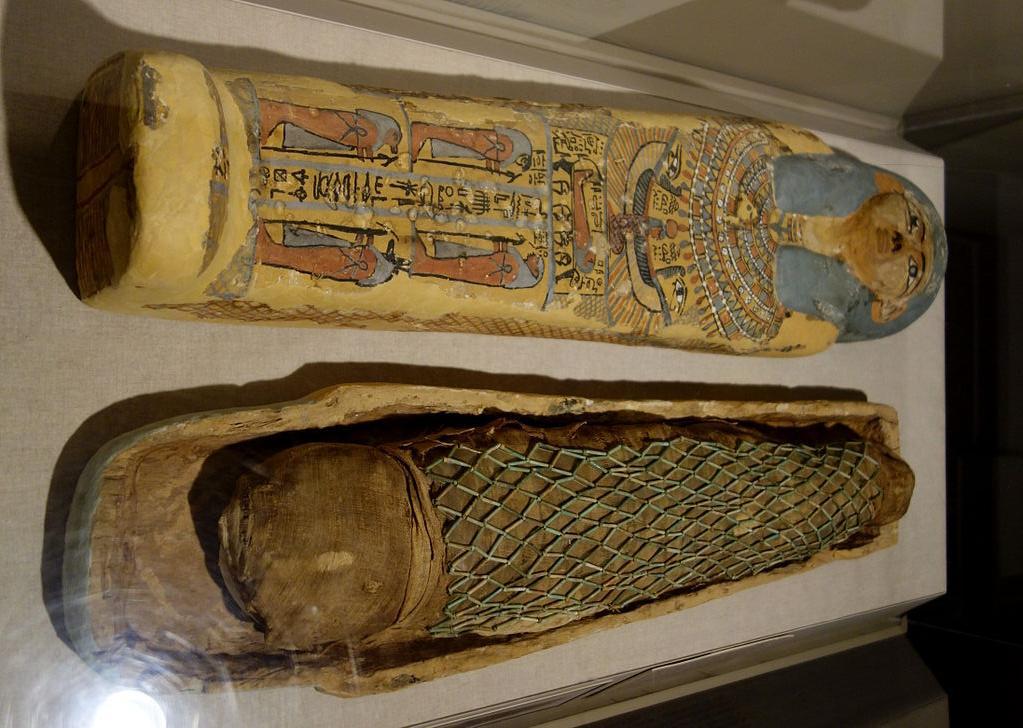
Source: Wikimedia
According to the researcher, up to 40% of those buried in the tombs died fairly young, including newborns.
Infectious Diseases Associated With the Deaths
According to the Egyptian Ministry of Tourism and Antiquities, testing has allowed researchers to gather information on how many of the mummies died.
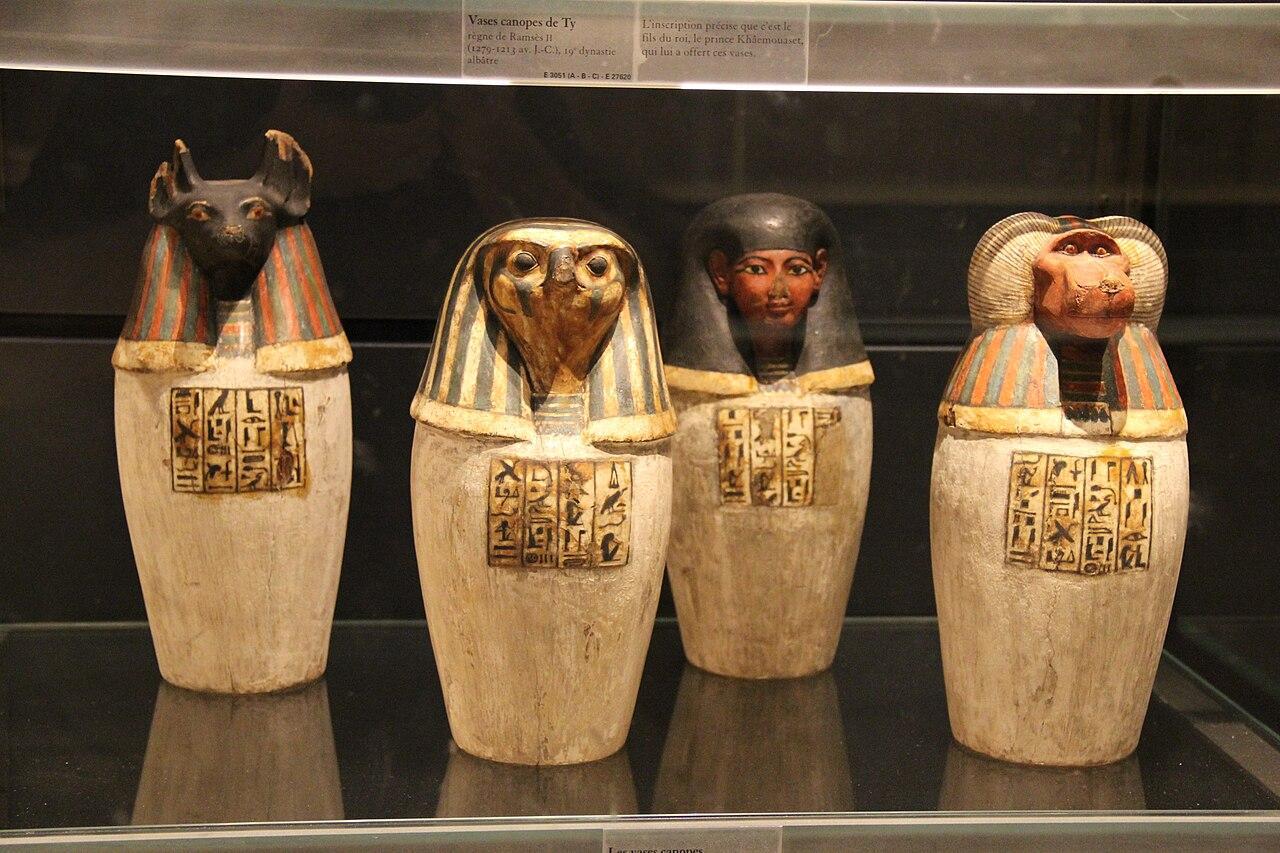
Source: Wikimedia
Piacentini explained that many of the mummies suffered from horrid infectious diseases ranging from anemia and malnutrition to bone disorders and even tuberculosis.
Over 400 Tombs Discovered in the Region
The tombs were found in a region that archaeologists have been excavating since 2019. To this day, over 400 tombs have been discovered, some of which date back to the “100th century BCE,” according to the researchers.

Source: Wikimedia
In a final statement, Piacentini said the excavation would be “inclusive, with local workers. We aim to raise awareness of heritage protection and hope in the future to create an archaeological park together with the Egyptians.”
